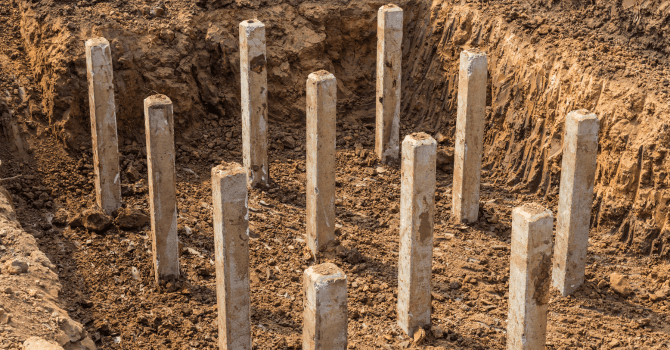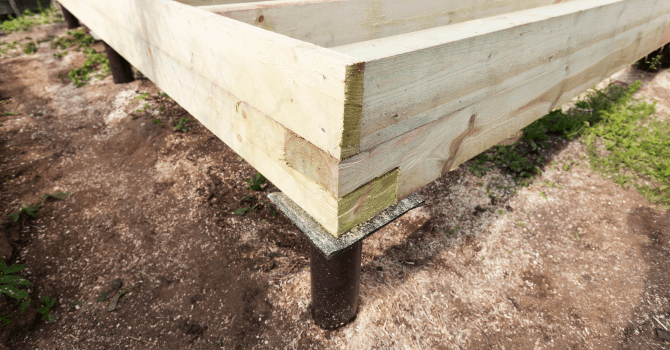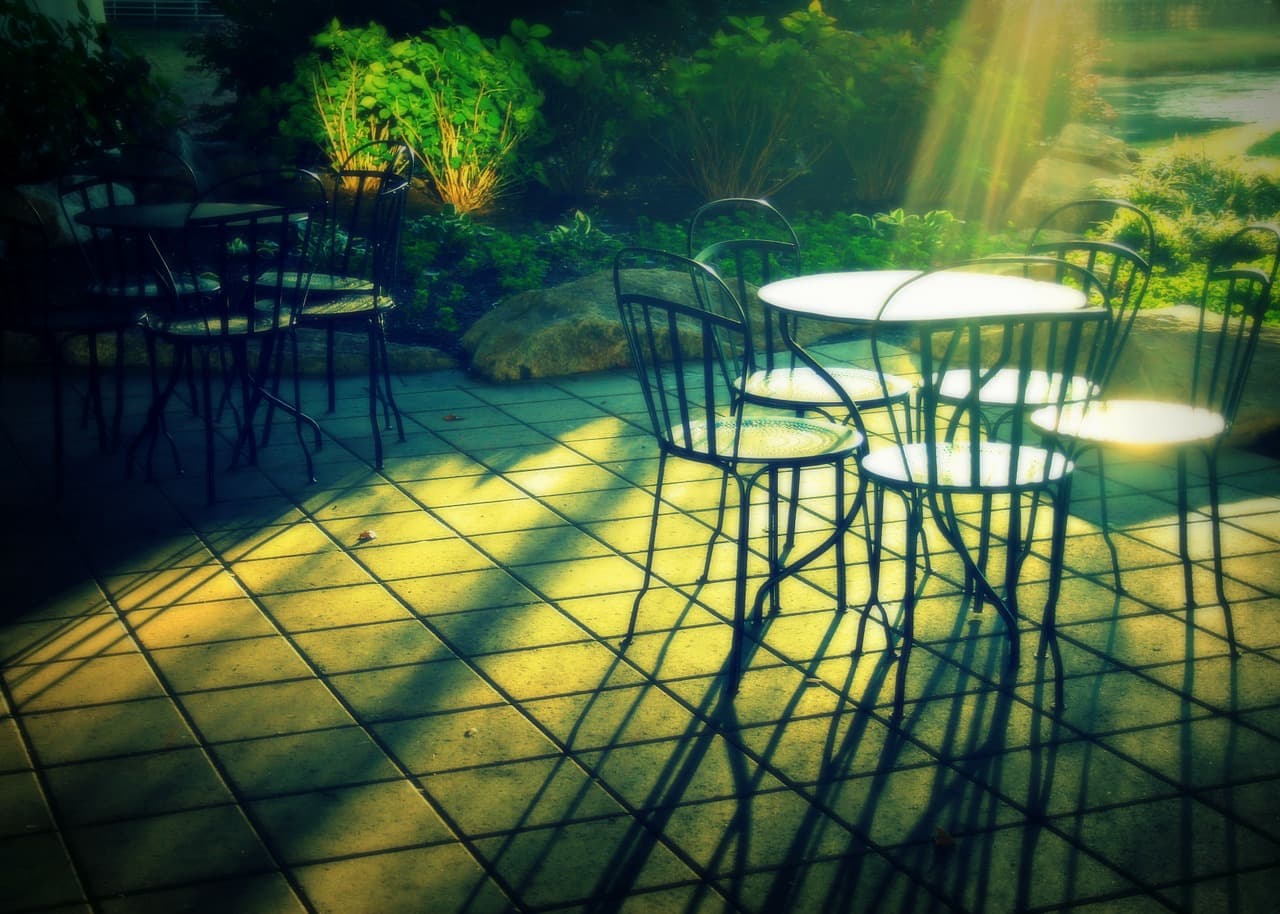6 Facts About Home Additions on Piles
By Editorial Team
Updated on November 3, 2025

Whether for your growing family, for the arrival of a long-term house guest, or simply due to a lack of space, the reasons behind building a home addition are plentiful. Amongst the many possible solutions presented to those wishing to build a home extension, there is the home addition on screw piles.
Get Your Project Started Today
Submit your details and receive three free quotes from trusted contractors.
Since this type of project is quite extensive, doing the appropriate research beforehand is a must. So, what should you know regarding home extensions on screw piles?
6 Must-Know Facts About a Home Addition on Screw Piles
1) Piles are solid and durable

Source: Canva
Although piles were formerly made of wood, note that it is no longer the case. Nowadays, they are made from galvanized steel, concrete, or a mix of the two. This type of material is chosen since it is exceptionally durable and lends itself well to the freeze-thaw cycle, and lasts through the years without deteriorating.
2) Piles can be used in most soil types
With the exception of rocky or clayey soil, screw piles can be used in any type of soil. With this in mind, this option can usually be adapted to any kind of soil, therefore to a wide range of home addition projects. On another note, piles usually cost between $135 and $155 a piece, and prices may vary from one establishment to another.
3) Multiple factors should be considered when building a home addition on piles

Even though the soil in which the piles will be installed is a determining factor as to how to project will turn out, one must take into consideration other aspects in order to ensure the home addition on the piles is sturdy and well set.
As a matter of fact, all structural elements must be considered when evaluating the project. First and foremost, it is necessary to be able to evaluate all the loads that the expansion will support, not only the structural elements (foundation, walls, framework, and beams) but also the live loads, which means the weight of the home’s inhabitants, snow, and furniture that will eventually furnish the interior of this future section of the home.
4) Hiring an engineer for a screw pile project
Before setting the motions for a home addition project, it is essential to have detailed plans drawn up showcasing every element. These plans will be drawn up by an engineer and will be required once you apply for a building permit with the city. Along the way, the project foreman will use these very plans to organize and establish the various steps of the building project.
Given that installing piles to support a home addition will affect the overall structural base, it is essential to deal with specialized engineers when it comes to the actual stilts or pilings.
5) Screw pile installation experts are not a thing

Source: Canva
By that, we mean that as of now, there is no formal training when it comes to executing this type of project as it can relate to foundation work, plumbing, or electrical work. Surely, the only formal training available is by apprenticeship. Meaning that the related training will be done by means of a qualified and experienced worker who will lend their expertise and knowledge to novice field workers who wish to learn more in regards to a specific trade.
6) Insulation is paramount when building a home addition on piles
Though the insulation quality must be at the heart of any priorities throughout the building process of any type of structure, it is a whole other criterion when it comes to a home addition on piles. As a matter of fact, a lack of sealing at floor level can lead to expensive heating bills given that your structural foundation will not be in direct contact with the ground.
Even though a home addition on piles is overall cheaper than an extension built on a standard foundation, keep in mind that this type of project requires a superior level of insulation. Therefore, you are likely to save when it comes to the building part, yet it will get progressively more expensive when it comes to choosing an adequate sealant for the new structure.
Need more information for your home addition project? Check out our article The Cost of a Home Addition Project.
In the middle of planning a home addition project? Check out our guide for home additions with a handy checklist to help you organize everything accordingly. Click here to check it out.
Get 3 renovation quotes for your home addition project
RenoQuotes.com can help you get quotes for your home addition project. By submitting your home addition project, we’ll put you in contact with top-rated contractors. Fill in the form on the homepage (it only takes a few minutes), and you will get estimates from trusted professionals.
Dial 1-844 828-1588 to speak with one of our customer service representatives.
Looking for something else?
Related articles
The latest industry news, interviews, technologies, and resources.

Editorial Team
•07 Nov 2023
While our Western Canadian counterparts have been using PVC deck boards for a long time, this outdoor flooring material is not quite as established in these parts of the country. To turn this situation around, and give homeowners an alternative when renovating their deck or balcony, take a closer look at the pros and cons of using PVC deck boards and the best maintenance tips.

Cynthia Pigeon
•07 Nov 2023
To limit the creation of urban heat islands, white roofs have become increasingly popular and are the subject of much media attention. Praised by some and questioned by others, there is much debate about the real benefits of white roofs. Here is a summary of the information reported by the two main parties involved.

Editorial Team
•08 Oct 2025
Becoming a boilermaker means working for the aeronautical and aerospace industry, for petrochemical companies, within the nuclear and cryogenic fields, with renewable energy, and more.

Editorial Team
•23 Jul 2025
Many of us appreciate the great outdoors, soaking up the summer or cozying up in the fall outside on the patio. Hosting a backyard barbeque is a favourite spring, summer and fall pastime (sometimes even winter) but running back and forth between inside and out can get exhausting and take your mind out of the party.

Editorial Team
•07 Nov 2023
Nowadays, we are so used to having access to electricity at all times that when a problem occurs, we’re caught off guard. Many homeowners are reluctant to touch their electrical set-up, which is a good instinct to have, especially due to the fact that electrical work is regulated and in some places illegal to carry out without the proper certifications (Quebec included).